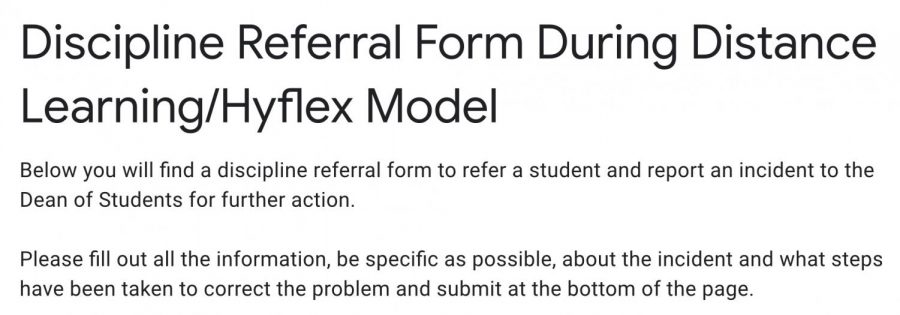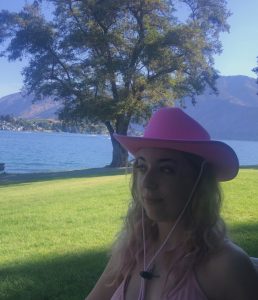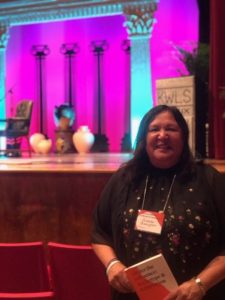Bellarmine’s response to offenses against Diversity, Equity, Inclusion

First and foremost, what is DEI? This acronym refers to Diversity, Equity, and Inclusion within a business, workplace, or school. Many corporations, small businesses, colleges, and high schools around the United States have a DEI Statement in place. The statements vary, but most focus on welcoming all people regardless of gender expression, race, religion, sexual orientation; having equal opportunities for an individual despite these things; and preventing the discrimination and harassment of any individual.
Bellarmine Preparatory School has an Equity Statement, an anti-bullying/harassment policy, an Extraordinary Student Conduct policy, and an Extraordinary Parental Conduct policy. The Extraordinary Student Conduct policy in the 2020-21 Student/Parent Handbook states that, “When student conduct, even though separate from school, will be of such nature as to negatively reflect on the school and will call into question the student’s continuance as a member of the Bellarmine Preparatory Community.” Similarly to what was mentioned above, the Parental Conduct policy says, “If a parent or guardian’s conduct interferes with the full development of a student’s intellectual, emotional, spiritual and/or physical formation, it is deemed detrimental to the furtherance of the School’s mission and therefore is unacceptable.” These policies include but are not limited to students and parents who fail to comply with the Anti-Bullying/Harassment policy in the handbook. Students’ presence on social media is also taken into account. In light of recent events, students are taking their opinions to social media and expressing them to others publicly, but when does an opinion turn into blatant discrimination? And when does Bellarmine feel the need to interfere?
It’s difficult and unreasonable to ask a single school to regulate all of its students’ social media posts. However, when a specific post is brought to the attention of the administration, what is the proper course of action? When asked about a hypothetical instance where a student posted something saying, “White privilege doesn’t exist,” Cari Harrison, Dean of Students, said, “If opinions are shared by students or parents that disrespect or devalue someone in our community, I would hope that other students and parents would intervene and offer an opinion that holds the dignity of all at the center of their opinion. It would depend on what was posted as to whether or not the ‘school’ would get involved.”
The severity of these situations vary, but it’s also part of a student’s duty in the Bellarmine community to hold others accountable when deemed appropriate.
How a high school deals with enforcing policies and rules is a huge part of how the students perceive the school. If a school tends to enforce things with aggression, or tries to sweep things under the rug, students are more likely to hold a grudge against the administration.
When talking about the school’s responses to offenses involving race, gender, and sexuality, Barbara Henderson, director of Diversity, Equity, and Inclusion at Bellarmine, said repercussions for students should, “Build their sensitivity or their compassion for the other group or people. Bellarmine is looking at justice and grace braided together in the way we are starting to deal with discipline.”
The school is starting to view discipline as less of a way to punish students, but more as an opportunity to educate students on topics that are crucial in today’s world.
The environment and tone of a school is created and set by the students. The overall response to discrimination and harrassment at Bellarmine is heavily influenced by the student body as well. They are the majority, so if the students feel a situation, topic, or event is being handled poorly or unjustly by the school, they should make it known how they feel and they will make it known how they feel. In these times of social and political unrest in the country, it’s up to the students, parents, and families in the community to do their part and come together to solve the injustices in their own lives, and create the best possible environment for future classes.

Taraneh Moeini is a senior and is extremely excited to be on The Lion staff this year. She has two shih tzus that she loves more than anything...

Jeanne (Dressel) Hanigan B'84 practices what she preaches or, in this case, what she teaches. An English literature, AP Composition and Journalism teacher...
